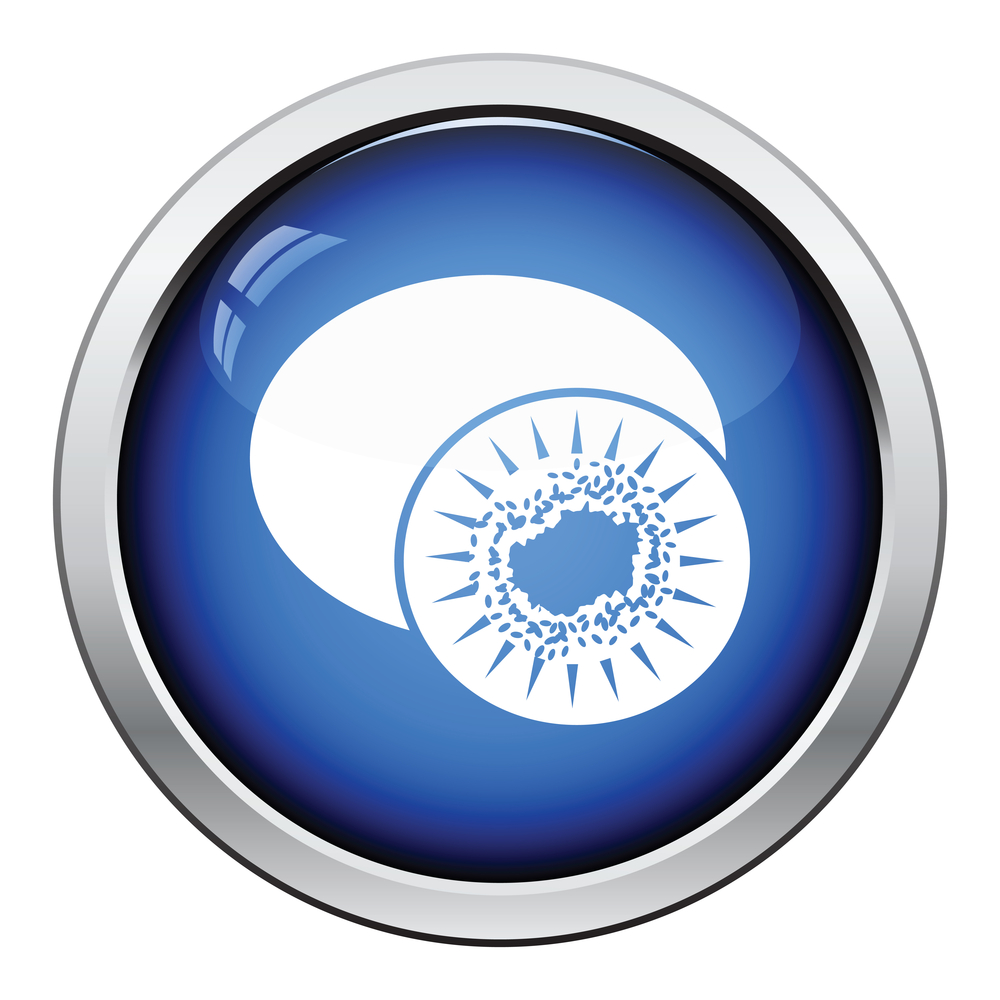Keratoconus is a progressive eye condition where the cornea—the transparent front surface of the eye—thins and bulges into a cone shape. This irregularity leads to blurred or distorted vision and often causes nearsightedness and astigmatism. While typically developing during adolescence or early adulthood, its severity and pace of progression vary widely from person to person.
Managing keratoconus, especially in moderate to severe cases or after corneal surgery, often requires more than standard treatments. One of the most effective non-surgical options is the use of scleral contact lenses. These lenses have proven to offer exceptional visual clarity and comfort, though they may come with some limitations. Understanding both the benefits and drawbacks can help patients make informed decisions about their care.
Benefits of Scleral Lenses for Keratoconus
- Significantly Improved Vision
Scleral lenses rest on the white of the eye (the sclera), arching entirely over the irregular cornea and creating a smooth, optically uniform surface. This allows them to correct visual distortions more effectively than soft lenses or standard RGP lenses. Many patients with keratoconus experience clearer, more stable vision almost immediately after switching.
- Greater Comfort and Fit
Since these lenses don’t touch the cornea directly—and instead rest on the less sensitive sclera—they tend to be far more comfortable, especially for patients with irritated or sensitive eyes. Their large diameter also means fewer issues with lens movement or friction from the eyelids.
- A Solution for Complex Corneal Conditions
Scleral lenses are particularly effective for patients with advanced keratoconus or irregular corneal surfaces due to prior surgeries or trauma. In these cases, where soft or RGP lenses may no longer work well, scleral lenses can provide much-needed visual stability.
⚠️ Drawbacks to Consider
- Cost and Accessibility
One of the main concerns with scleral lenses is cost. Due to their custom design and specialized fitting process, they’re often more expensive than traditional lenses. Furthermore, not every optometrist is trained in fitting scleral lenses, which can limit accessibility for some patients.
- Daily Care and Maintenance
Scleral lenses require careful cleaning and handling to prevent infection and extend their lifespan. However, at M’Eye Clinic, every patient receives tailored instruction and guidance to simplify this routine and adapt it to their lifestyle.
- Initial Learning Curve
Patients may need time to adjust to inserting, removing, and wearing a larger lens. Still, with a bit of practice and proper support, most users find the adaptation process smooth and worthwhile.
🟦 Are Scleral Lenses Right for You?
Scleral lenses are suitable for a broad range of keratoconus cases—from early-stage diagnosis to advanced, post-surgical conditions. They are especially useful for those who struggle with other types of contact lenses or who suffer from concurrent dry eye syndrome. Patients with irregular corneas or difficulty tolerating soft or RGP lenses may also benefit from this option.
Smaller mini scleral lenses may be a good choice for patients with moderate keratoconus who prefer a slightly less bulky option. As always, proper keratoconus diagnosis and mapping of the cornea are key to deciding which lens type will deliver the best results.
To better understand how treatment should align with disease stage, see our complete guide on keratoconus treatment by stage.
🔍 Recognizing the Signs of Keratoconus
Early symptoms may include:
- Blurred vision
- Light sensitivity
- Frequent changes in eyeglass prescriptions
- Poor night vision
For anyone diagnosed with keratoconus, it’s important to test close family members as well, due to the potential genetic component. Even unilateral keratoconus (affecting just one eye) requires careful monitoring and treatment planning. If you’re noticing changes in night vision or frequent prescription shifts, it’s worth exploring the early symptoms of keratoconus and understanding when to seek professional evaluation.”
🧑⚕️ Expert Guidance Is Key
Accurate diagnosis and proper fitting are crucial. A keratoconus specialist can perform topography scans and evaluate each patient’s corneal structure in detail. At M’Eye Clinic, we specialize in custom-fit lenses for keratoconus and irregular corneas, offering access to leading technologies such as:
- EyePrintPRO – fully customized scleral lenses based on 3D impression molds
- BostonSight Scleral Lenses – precision-designed for advanced comfort and hydration
- Scleral lenses after corneal transplant – specifically for post-surgical support
- For real-world comparisons and clinical recommendations, you can review our article on scleral lens recommendations for different keratoconus cases.
✅ Conclusion
Scleral lenses offer powerful benefits for individuals with keratoconus—especially when expertly fitted and maintained. While they require a greater investment of time and money upfront, they often lead to longer-lasting comfort and clearer vision than any alternative.
At M’Eye Clinic, we help patients navigate their keratoconus journey with advanced diagnostics, a wide selection of lens types, and customized support. If you’re facing visual distortions from keratoconus, our team is here to help find the ideal solution for your unique eyes.

